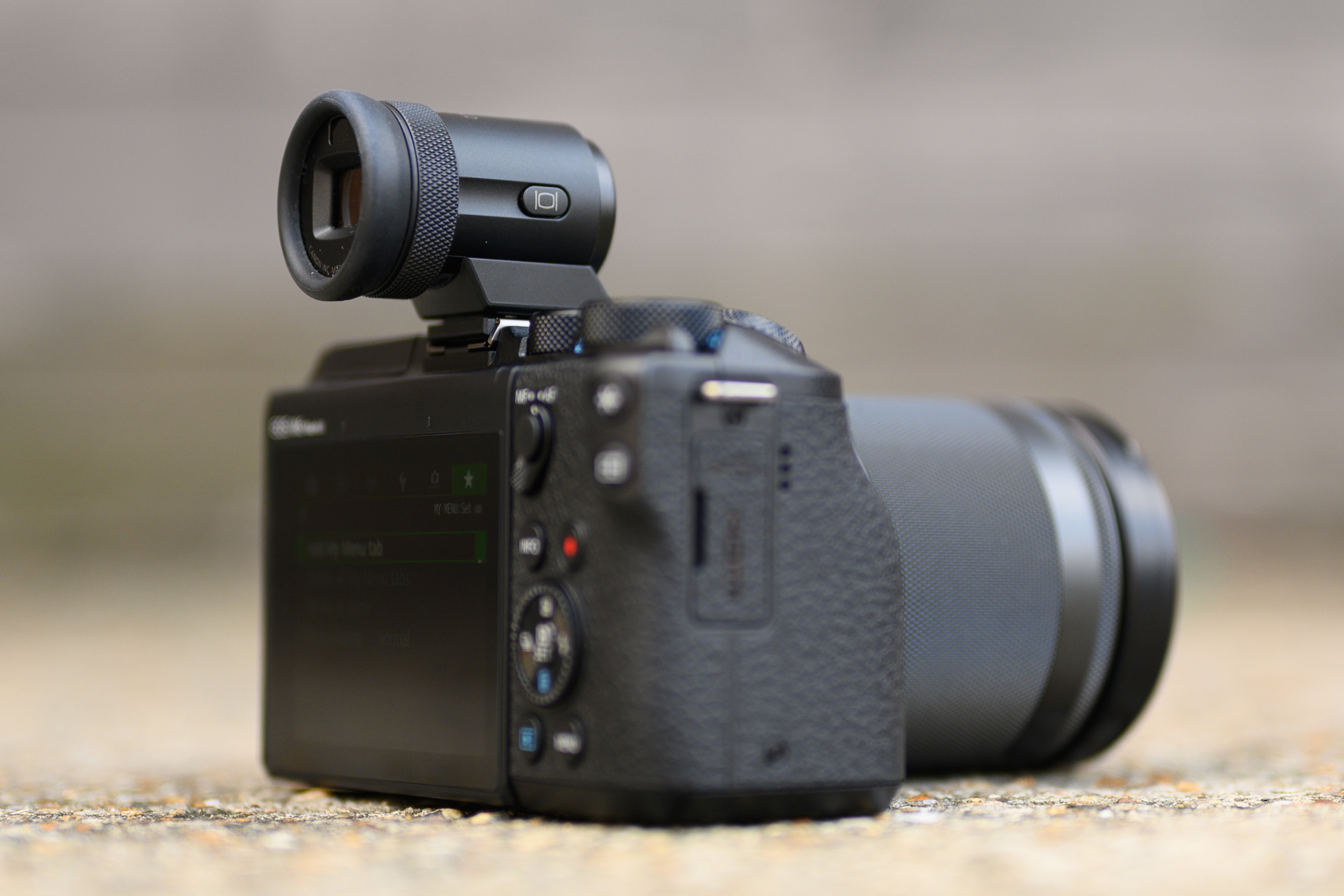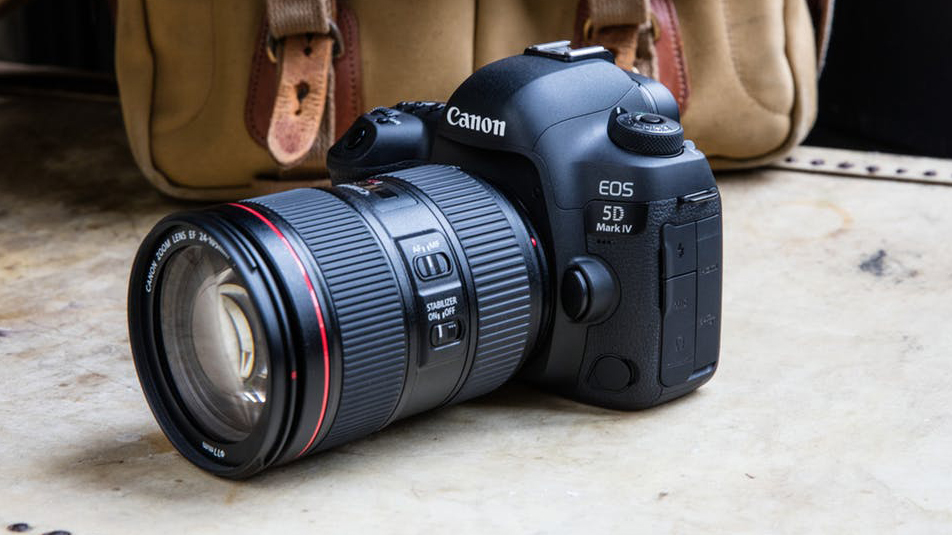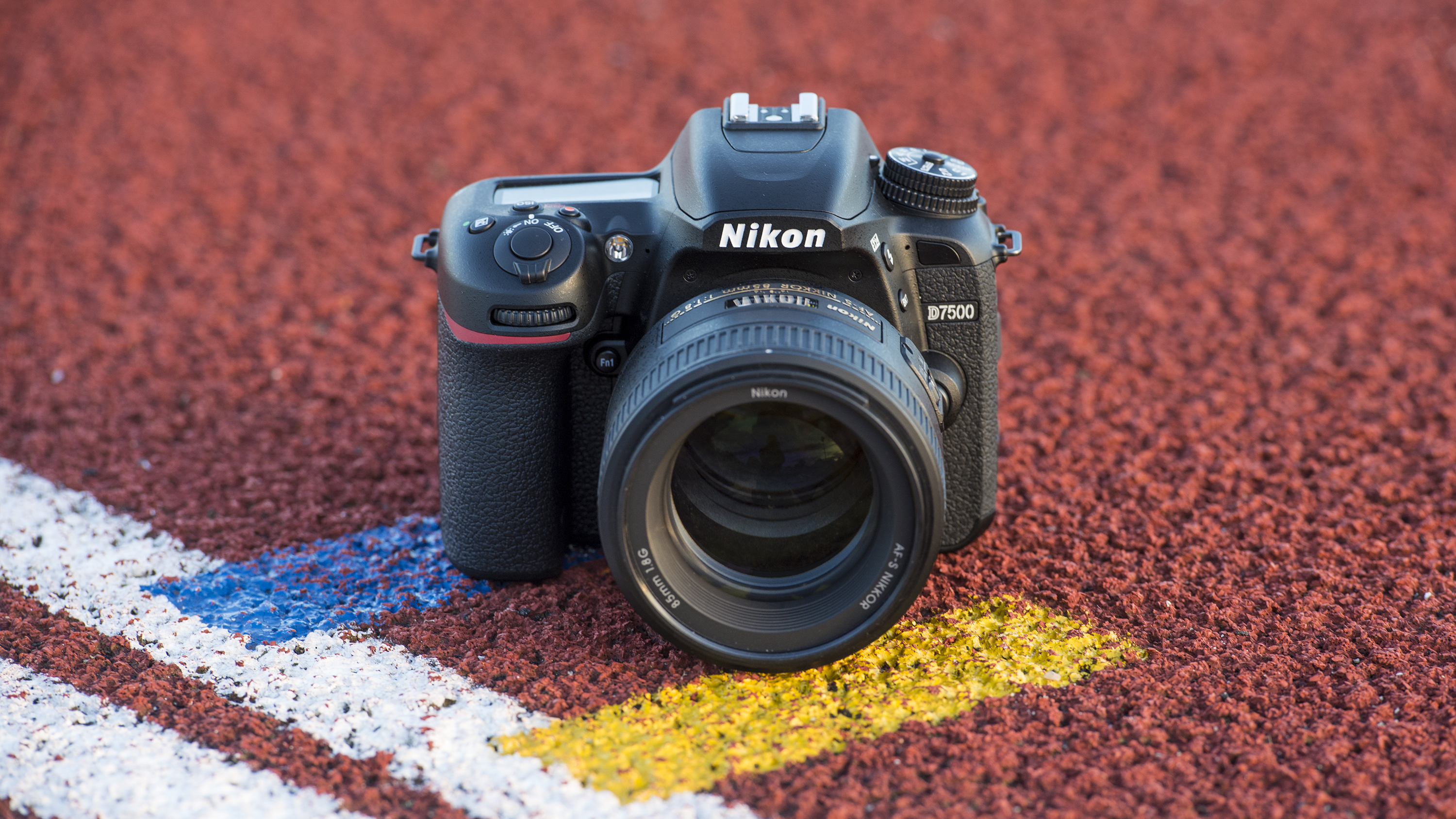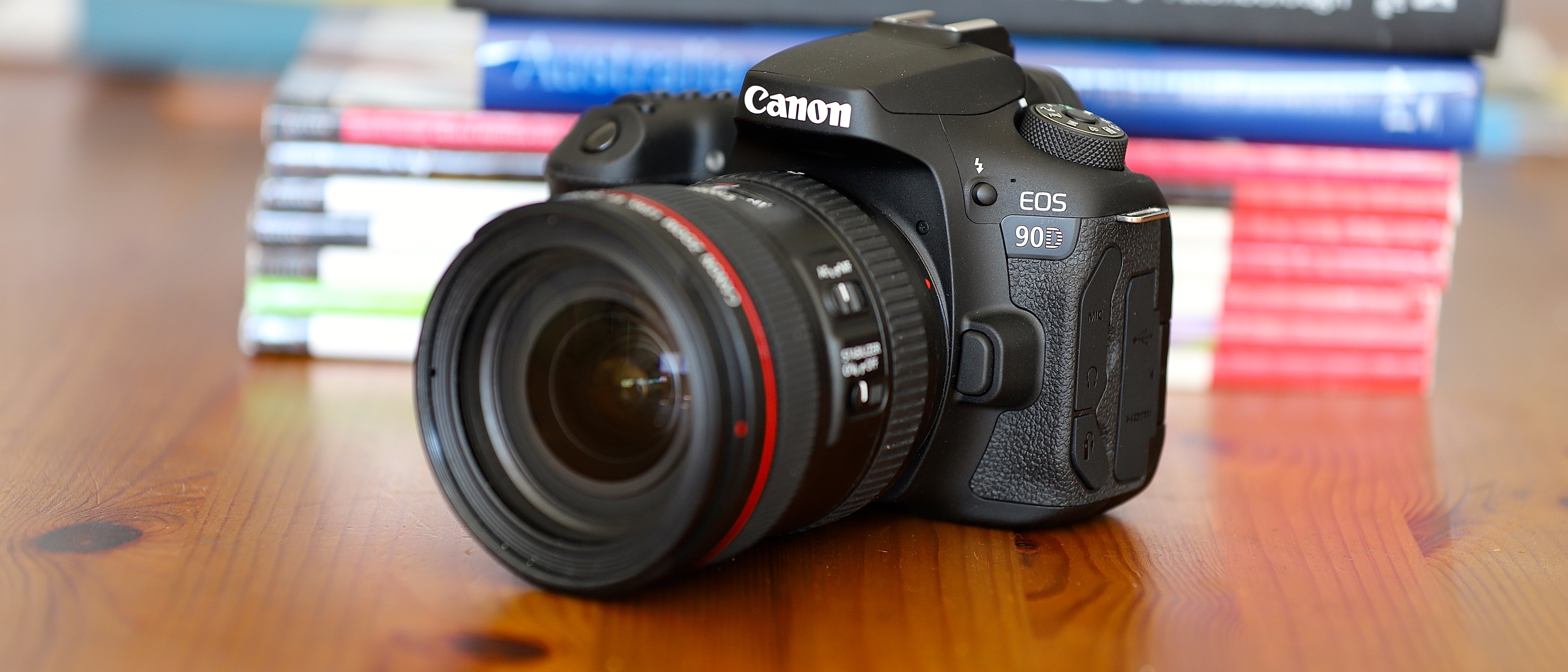Why you can trust TechRadar
Verdict
The main difference between an entry-level camera and an enthusiast-grade one is versatility. The latter let you shoot in a wider variety of conditions, with finer levels of control, without ever becoming too complex or expensive. Like its predecessor, the Canon EOS 90D again does a fantastic job of delivering on that score, even with rumors circling of two more EOS M cameras being announced in early 2020.
That's because the 90D really plays to the strengths of DSLR cameras, which some photographers understandably prefer over mirrorless. Water- and dust-resistance means it’s good for any condition but the harshest of weather, plus it’s comfortable to use over long periods of time. Its metering system is top-notch, producing beautifully exposed images across a wide range of situations, and its burst speed is sufficient for most users.
As expected, the 90D produces excellent results too, whether you’re shooting landscapes or trying to capture the perfect serve during a tennis match, provided you don’t need to shoot at high ISO settings. The bump in resolution means anyone printing their pictures will find the results looking a lot better on paper compared to a print from a lower-resolution snapper.
It also comes in at a pretty good price point, which should appeal to beginners and enthusiasts alike. Also worth mentioning is the already extensive stable of lenses available for the new camera, especially for anyone already invested in Canon's ecosystem.
The question, though, is whether it’s worth upgrading if you already use the Canon EOS 80D or the 7D Mark II. That will depend on whether you shoot a lot of video or not. Uncropped 4K at 30fps and 1080p at 120fps make it worthwhile, and a recent Canon firmware update has recently added the option of shooting in cinema-like 24fps. For still photographers, the EOS 80D is still available and, despite its age, does a remarkable job for a lower price.
- Check out our Canon promo codes for the latest savings and deals.
Competition

Canon EOS M6 Mark II
Canon launched the second generation EOS M6 alongside the 90D, with both cameras sharing the same sensor and image processor. The APS-C mirrorless cousin, though, has one advantage over the 90D – its burst speed of 14fps – which might appeal more to the traveling wildlife photographer.
Read our hands-on Canon EOS M6 Mark II review

Canon EOS 5D Mark IV
While it's a pro-level full-frame DSLR, this snapper packs a 30.2MP sensor with a burst speed of 7fps. And despite being a few years old, it's a hot favorite amongst professional photographers and enthusiasts alike.
Read our in-depth Canon EOS 5D Mark IV review

Nikon D7500
It's one of the best enthusiast-level DSLRs available today, packing a 20.9MP sensor, an impressive 51-point AF system and 8fps continuous shooting. ISO sensitivity has a range from as low as 50 to a staggering 1,640,000. And there's 4K video capture as well.
Read our in-depth Nikon D7500 review

While she's happiest with a camera in her hand, Sharmishta's main priority is being TechRadar's APAC Managing Editor, looking after the day-to-day functioning of the Australian, New Zealand and Singapore editions of the site, steering everything from news and reviews to ecommerce content like deals and coupon codes. While she loves reviewing cameras and lenses when she can, she's also an avid reader and has become quite the expert on ereaders and E Ink writing tablets, having appeared on Singaporean radio to talk about these underrated devices. Other than her duties at TechRadar, she's also the Managing Editor of the Australian edition of Digital Camera World, and writes for Tom's Guide and T3.
